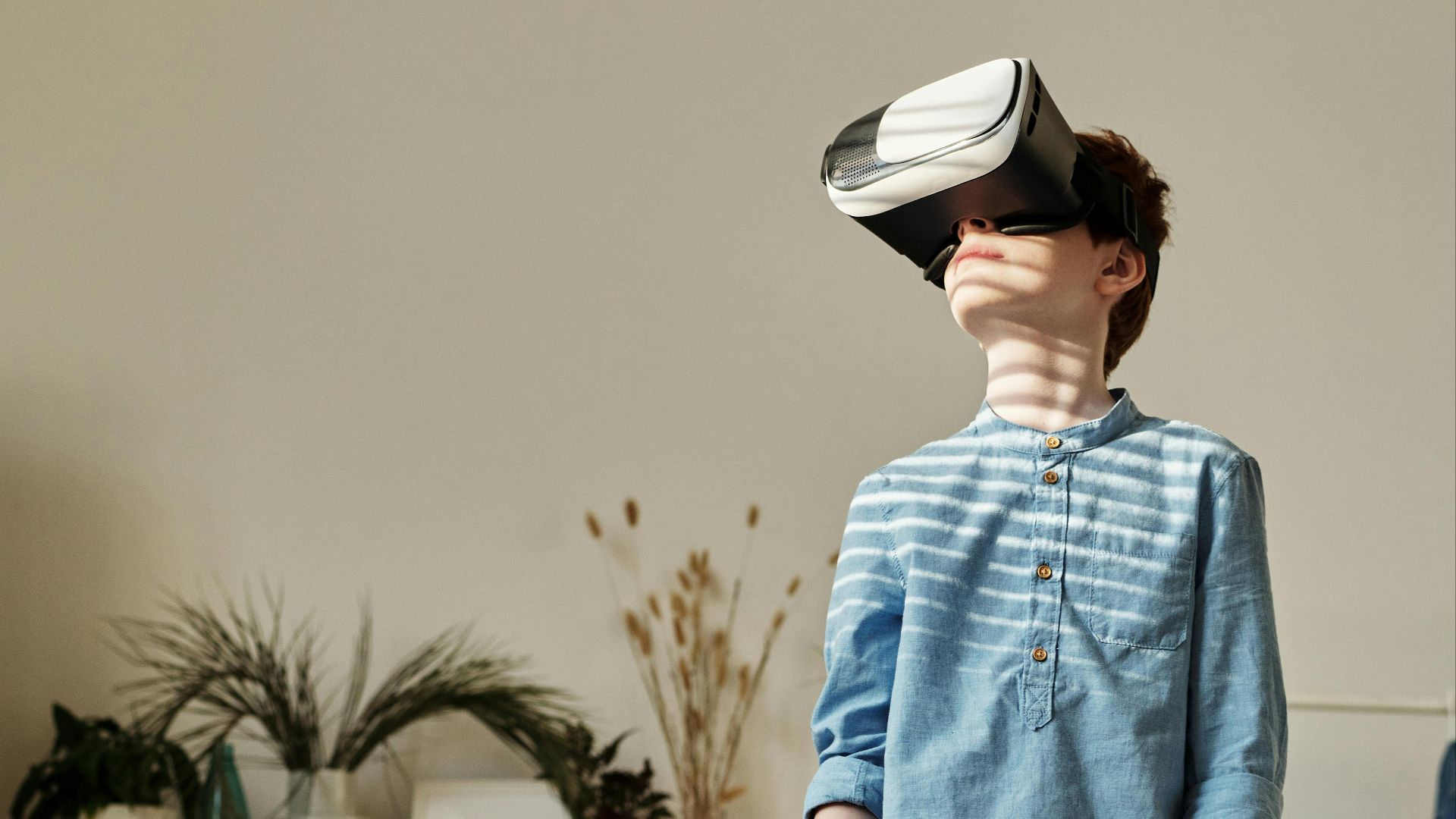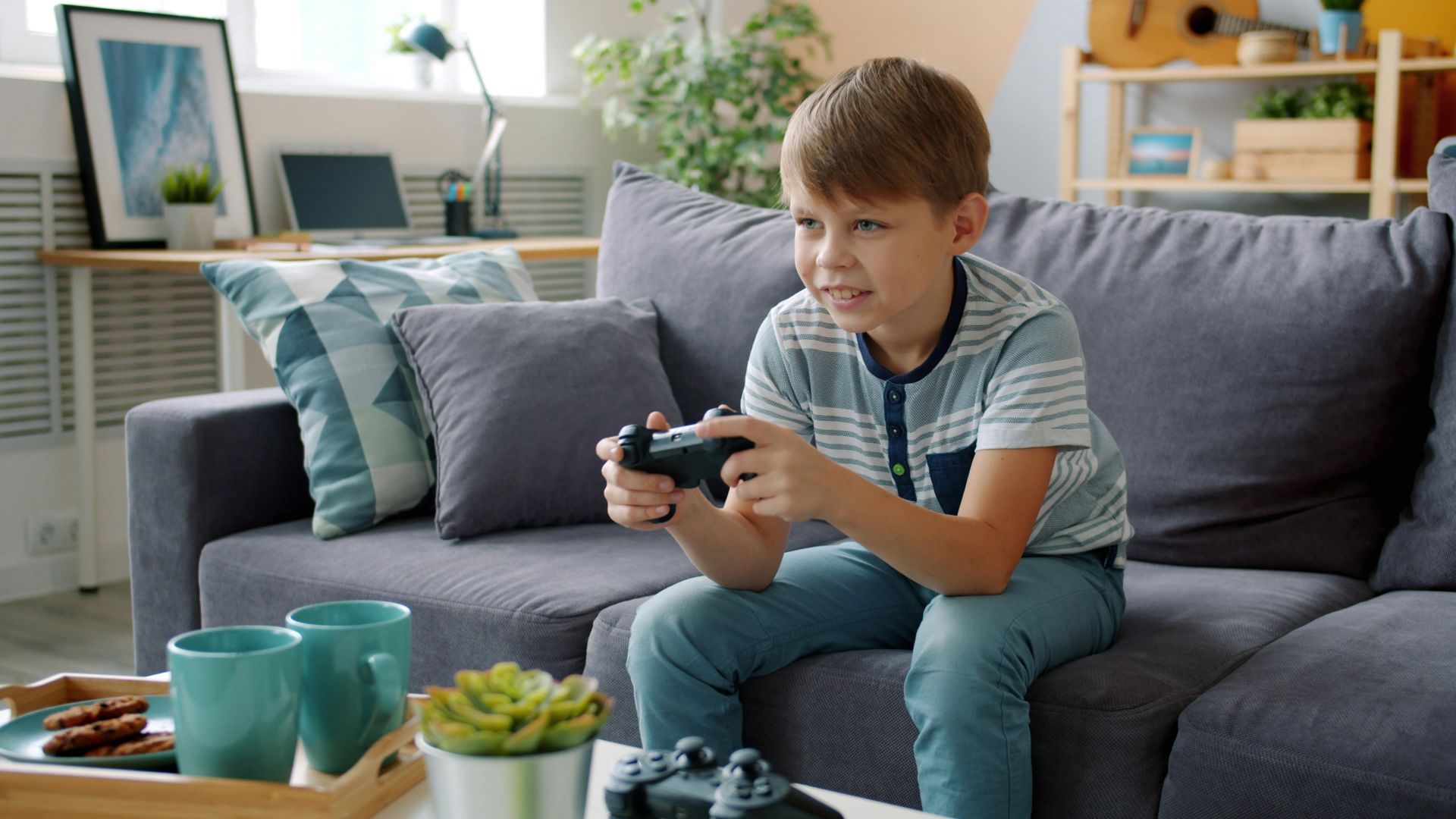Kids light up around screens, both literally and neurologically. It’s almost startling how quickly their attention funnels into a tablet, a phone, or the TV glowing in the corner of the living room. Screens can calm them, entertain them, even teach them, but they also impact developing brain circuits that aren’t fully ready for that level of stimulation. For this reason, it’s important to set limits.
These restrictions don’t have to be set in stone or upheld by the risk of punishment. Regulating your child’s screen access is more about pacing and developing habits that will follow them into their teenage years. A child’s brain grows in bursts, and screen habits—good or bad—tend to spill over into adolescence with a stubborn permanence that’s difficult to backtrack.
Screens and the Reward System
The dopamine surge from fast edits, bright colors, and instant feedback is real. Kids feel it the way adults feel that tiny thrill when a message notification pops up or a video autoplays. Their reward pathways, though, are more porous than ours. As a result, these little sensory payoffs carry a heft that isn’t as easily shrugged off.
Take a kid with a favorite video game. One round inevitably turns into five—then ten—because the next level always promises something better. You can almost see the rapid-feedback loop training their brain to prefer immediate payoff over slow reward, like finishing a jigsaw puzzle or reading a chapter of a book. In neurology, the circuitry that gets exercised the most develops the strongest pathways, making bad habits harder to break.
Screens and Attention Span
Short-form content trains attention to hop rather than settle in. There’s a reason social media platforms like YouTube and TikTok keep prioritizing shorter and shorter content. First, it was two-minute videos, then 30-second clips—soon it’ll be something even shorter. The brain adapts quickly to novelty, and kids are novelty magnets.
Watch what happens when a kid goes screen-free for a weekend; they rediscover the simple pleasures of getting lost in the long stuff. When they’re at a distance from the internet, building a Lego tower or following a favorite story through several chapters suddenly isn’t an excruciating exercise in patience. Given space to drift, their focus expands again.
Screens and Sleep Cycles
The blue light conversation pops up all the time, but there’s more to it than eye health; it’s a form of direct stimulation via wavelengths. Kids wind up mentally revved even when their bodies are begging for a slowdown. Blue light limits melatonin production, leaving your kid tossing and turning even when they’ve gotten to bed at a decent hour.
When screens get swapped for something tactile, like organizing their clothes and homework for the following morning, their brain eases into rest mode. The shift is subtle, but putting the tablet down an hour or so before bed will help nights run smoother.
Screens and Emotional Regulation
Digital worlds offer perfect control. At the press of a button, you can pause, restart, skip ahead. Real life doesn’t lend itself to this kind of rigidity. Kids who spend hours inside tightly structured digital environments sometimes struggle when real-world chaos intrudes. Even something as small as a sibling knocking over their block tower can feel like a monumental disruption.
Letting kids toggle between screens and real life helps establish a more balanced outlook. They get practice riding out frustration, boredom, and delayed gratification. These skills may not appear glamorous, but they’re essential if they’re to develop into well-rounded adults.
Screens and Social Development
Even when kids play games online with their friends, the social cues are different from real life. Multiplayer games lack the nuance of facial expressions and subtle shifts in tone. There are voices and text floating in virtual space. As a result, kids miss opportunities to read the tiny signals in a raised eyebrow or a fidgeting hand that shapes social intuition.
There is no cutting screens out entirely these days, but by mixing digital time with messy outdoor excursions and even the occasionally awkward playdate, you’ll sharpen their social skills. Screens don’t replace connection; they need to be balanced with the real, unfiltered stuff.










